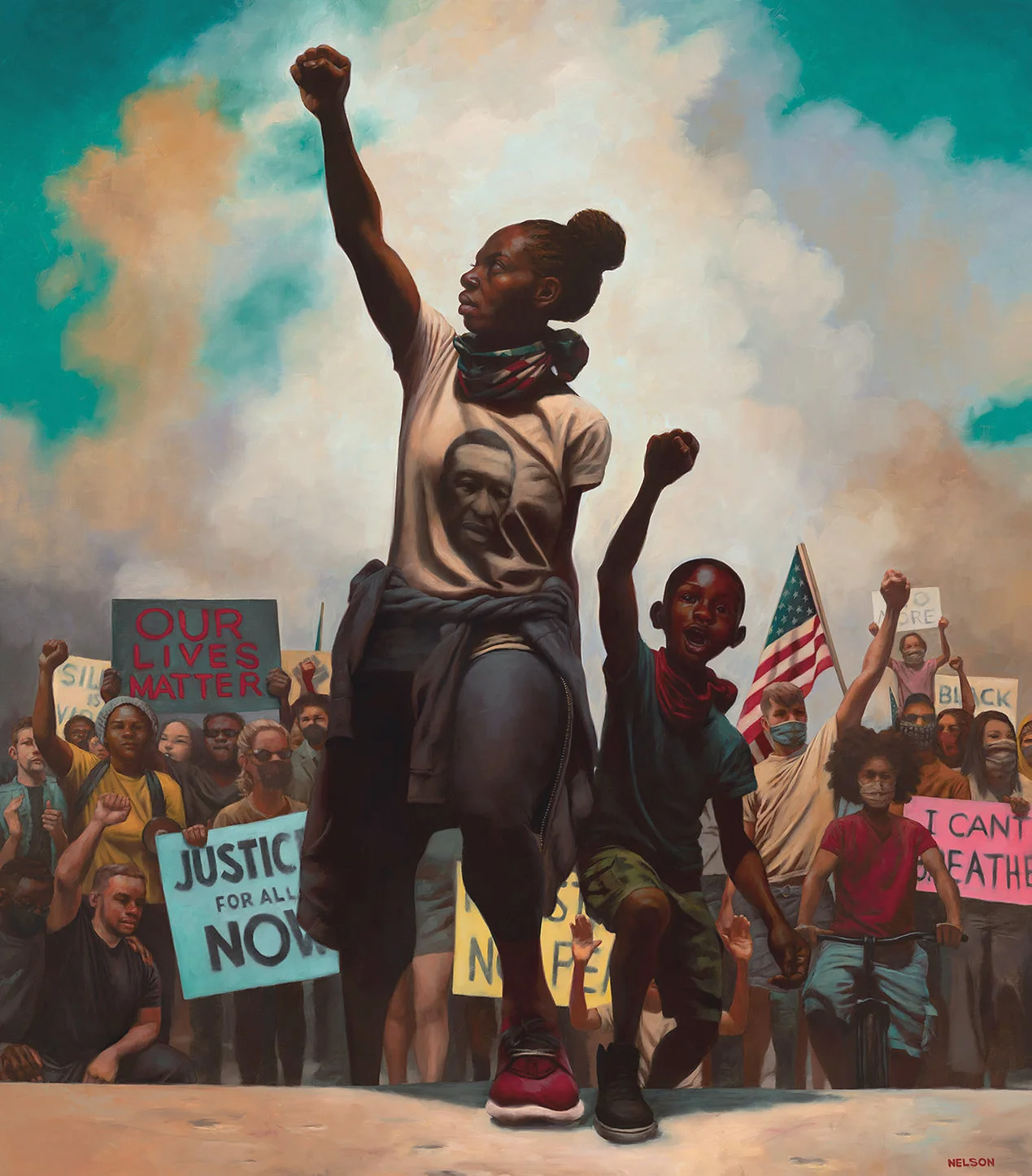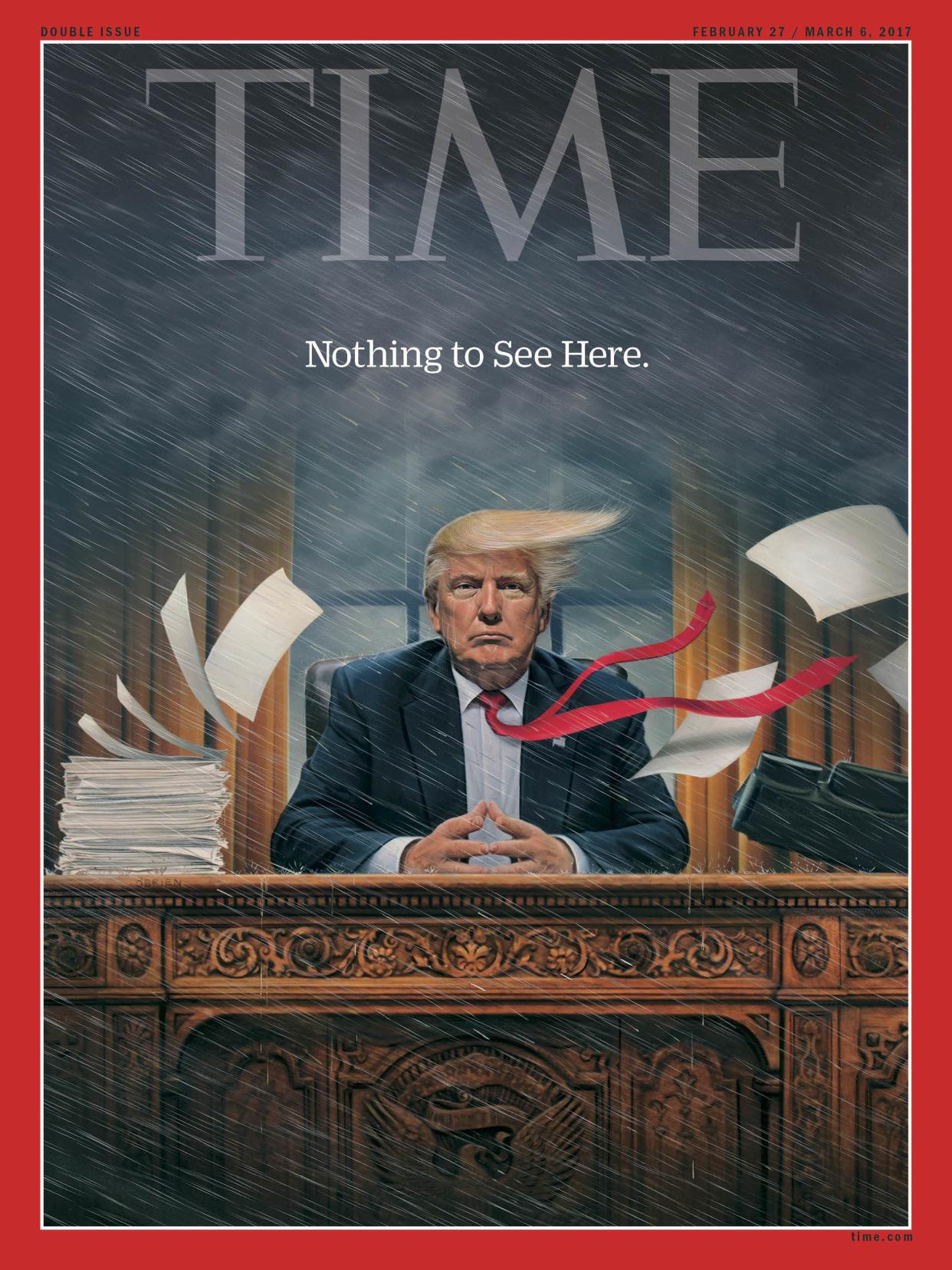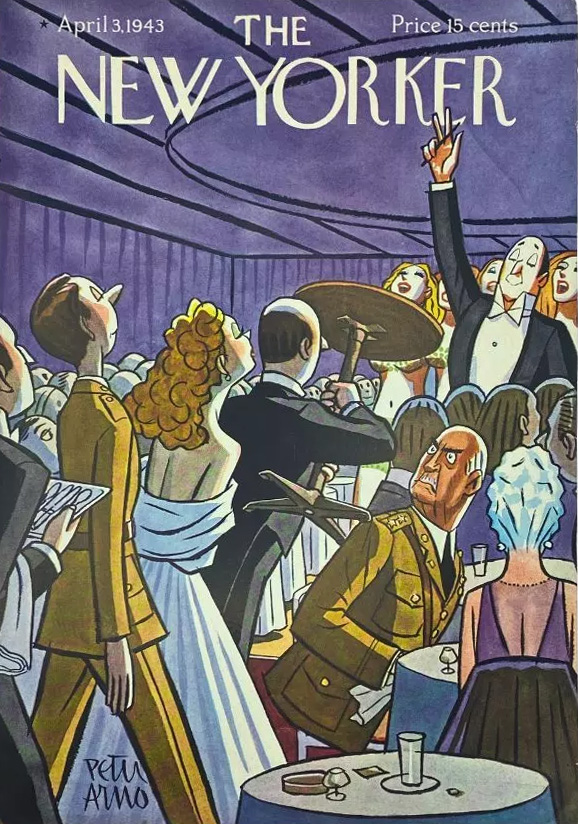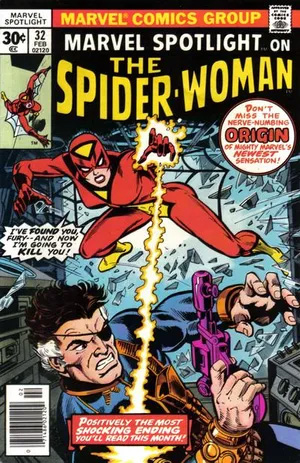Announcing the 2025 Hall of Fame Recipients:
Rudy Gutierrez, Kadir Nelson, Tim O’Brien, Peter Arno, Frank R. Paul, and Marie Severin.
Since 1958, the Society of Illustrators has elected to its Hall of Fame artists recognized for their “distinguished achievement in the art of illustration.” Artists are elected by a prestigious committee that includes former presidents of the Society and illustration scholars. They are chosen based on their body of work and the impact it has made on the field of illustration. This year’s honorees include contemporary illustrators Rudy Gutierrez, Kadir Nelson, and Tim O’Brien, and, as well as posthumous honorees Peter Arno, Frank R. Paul, and Marie Severin. These artists join a list of the greatest names in illustration!
The Society will be honoring this year’s inductees at The Hall of Fame Induction Ceremony to be held on Thursday, October 9th, 2025.

Rudy Gutierrez is an American artist and illustrator of Puerto Rican heritage, known for his emotionally rich, abstract work that blends indigenous, urban, and musical influences. Born in the Bronx and raised in Teaneck, New Jersey, Gutierrez earned his BFA in Illustration from Pratt Institute, where he has taught since 1990. His art—described as “Wall Medicine”—has appeared in books, periodicals like Rolling Stone and The New York Times, and on iconic album covers, including Santana’s Shaman and the Jimi Hendrix Forever Stamp. Gutierrez has received numerous honors, including the Dean Cornwell Recognition Award, a Gold Medal from the Society of Illustrators, and a Caldecott Honor for Double Bass Blues. His children’s book illustrations have earned multiple accolades such as the Pura Belpré Honor and the Sibert Award. His work has been exhibited internationally at institutions including the Norman Rockwell Museum, the United Nations, and Documenta Kassel in Germany. He has lectured across the U.S. and abroad, and participated in the 2008 and 2024 ICON Illustration Conferences. Gutierrez is married to musician and writer DK Dyson, and aims for his art to “uplift and inspire the viewer to understand their own validity and divinity.”
Art credit: Rudy Gutierrez, Shaman (album cover for Santana), Arista Records, 2002. Acrylic and mixed media on board.
Kadir Nelson is an award-winning American artist and author based in Southern California. A graduate of Pratt Institute, he began his career as a visual development artist for DreamWorks Pictures, contributing to Oscar® nominated films Amistad and Spirit: Stallion of the Cimarron. Nelson has since created artwork for clients including Sports Illustrated, Rolling Stone, National Geographic, the United States Postal Service, and Sony Music—most notably painting the cover of Michael Jackson’s posthumous album Michael. His powerful, figurative oil paintings frequently appear on the cover of The New Yorker, honoring American culture and history. His painting Say Their Names, a tribute to George Floyd, was named the most viral magazine cover of 2020 by Adweek. Nelson has received accolades from the American Library Association, the Art Directors Club, and the Society of Illustrators—including the Hamilton King Award and the 2020 Randolph Caldecott Medal for The Undefeated. He has authored and/or illustrated over thirty picture books, including WE ARE THE SHIP: The Story of Negro League Baseball, If You Plant a Seed, and the forthcoming BASKET BALL: The Story of the All-American Game (2026). Nelson’s richly painted works, grounded in American realism and neo-mannerism, are held in the permanent collections of the U.S. House of Representatives, The National Baseball Hall of Fame, the Lucas Museum of Narrative Art, and the Smithsonian.

Art credit: Kadir Nelson, American Uprising, Rolling Stone, July 2020. Oil on panel.

Art credit: Kadir Nelson, American Uprising, Rolling Stone, July 2020. Oil on panel.

Art credit: Peter Arno, The New Yorker, April 3, 1943. Ink and watercolor on paper.

Frank R. Paul (1884 – 1963) was a pioneering American illustrator best known for shaping the visual language of science fiction during the early 20th century. His bold, visionary artwork graced the covers of seminal pulp magazines such as Amazing Stories, Science Wonder Stories, and Fantastic Adventures, introducing readers to a vibrant, imaginative future filled with spaceships, robots, and alien worlds. Trained in mechanical drafting and architecture, Paul brought an unmatched level of technical precision and grandeur to his work, helping to define the aesthetic of speculative fiction long before the rise of popular sci-fi cinema. In an era before comic books or concept art departments, Paul created entire worlds from scratch, often illustrating full-color covers, interior black-and-white pieces, and even full spreads for each issue. Over the course of his career, he illustrated thousands of works and played a foundational role in inspiring generations of artists, writers, and filmmakers. He is widely regarded as the first major science fiction artist, and his influence is still seen in visual media today. Frank R. Paul was inducted into the Science Fiction Hall of Fame in 2009 for his trailblazing contributions to the genre.
Art credit: Frank R. Paul, Stories of the Stars: Andromeda, circa 1950s. Gouache and ink on board.
Marie Severin (1929 – 2018) was a legendary comic book artist and colorist whose work helped define the visual identity of both EC Comics and Marvel Comics throughout the mid-20th century. Beginning her career as a colorist at EC in the 1950s, she quickly earned recognition for her keen sense of composition, storytelling, and humor, eventually moving into penciling and inking as one of the few prominent female artists in the male-dominated industry of the Silver Age. At Marvel, she co-created iconic characters such as the Living Tribunal and worked on titles including Doctor Strange, The Hulk, Sub-Mariner, Iron Man, and Not Brand Echh, a satirical series that showcased her sharp comedic sensibility. Known affectionately as “Mirthful Marie” among peers, Severin brought a distinctive style that blended expressive characters with dynamic layouts, all while mastering the art of visual pacing. She had a unique ability to inject personality and emotion into every panel, making even the most fantastical scenarios feel grounded and human. Her behind-the-scenes influence also extended to production and design, contributing to Marvel’s overall visual tone during a crucial period of expansion and experimentation.
Her versatility as both a humorist and dramatic artist made her an invaluable creative force in every genre she touched—whether superheroes, horror, fantasy, or comedy. Severin was admired not only for her technical skill but also for her warmth, wit, and generosity within the comics community. In 2001, she was inducted into the Will Eisner Hall of Fame, and her legacy continues to inspire comic artists around the world. Marie Severin remains one of the most important and beloved figures in the history of American comics.

Art credit: Marie Severin (interior pencils), Marvel Spotlight No. 32, Marvel Comics, February 1977. Ink and color on paper.
